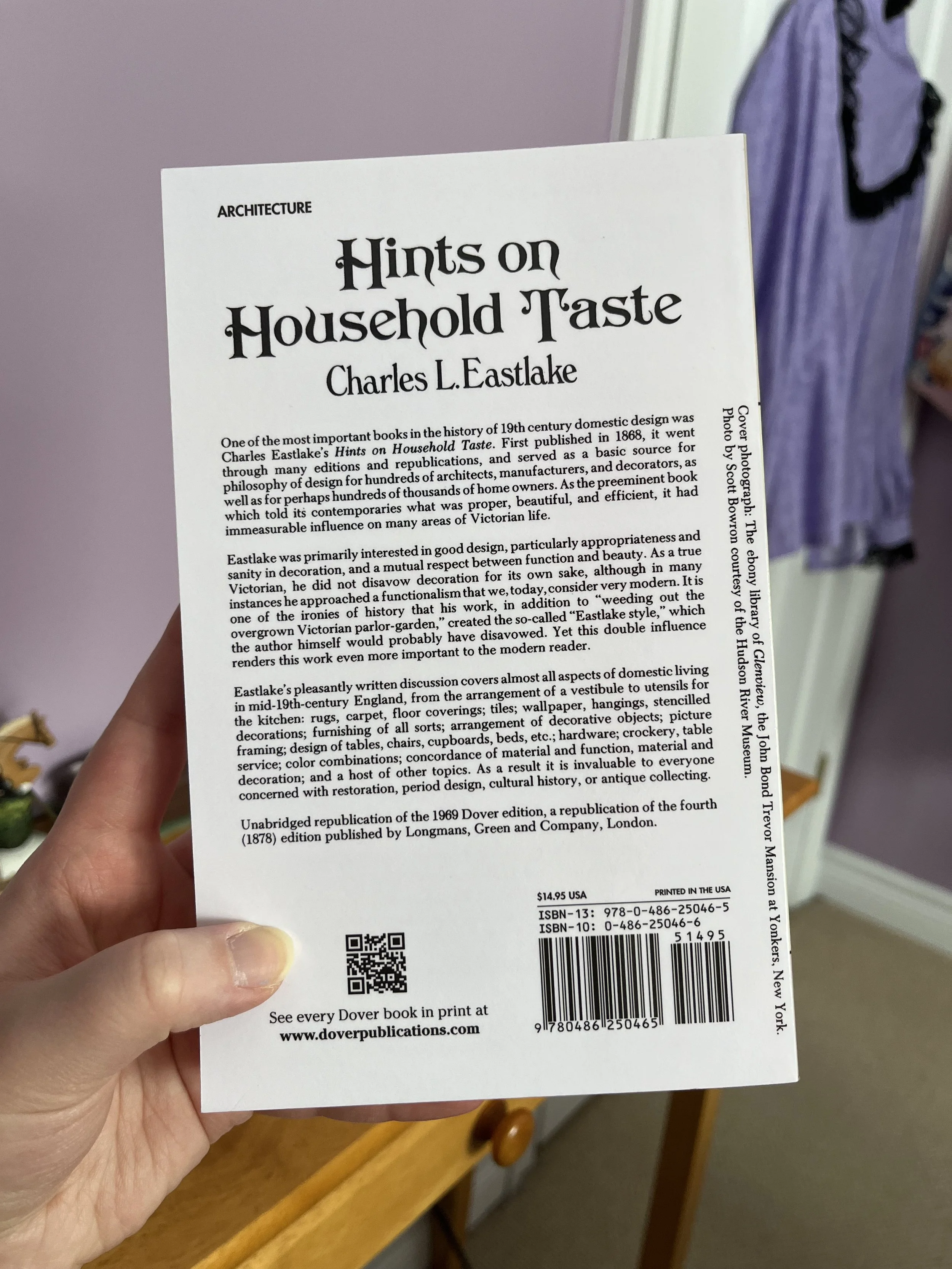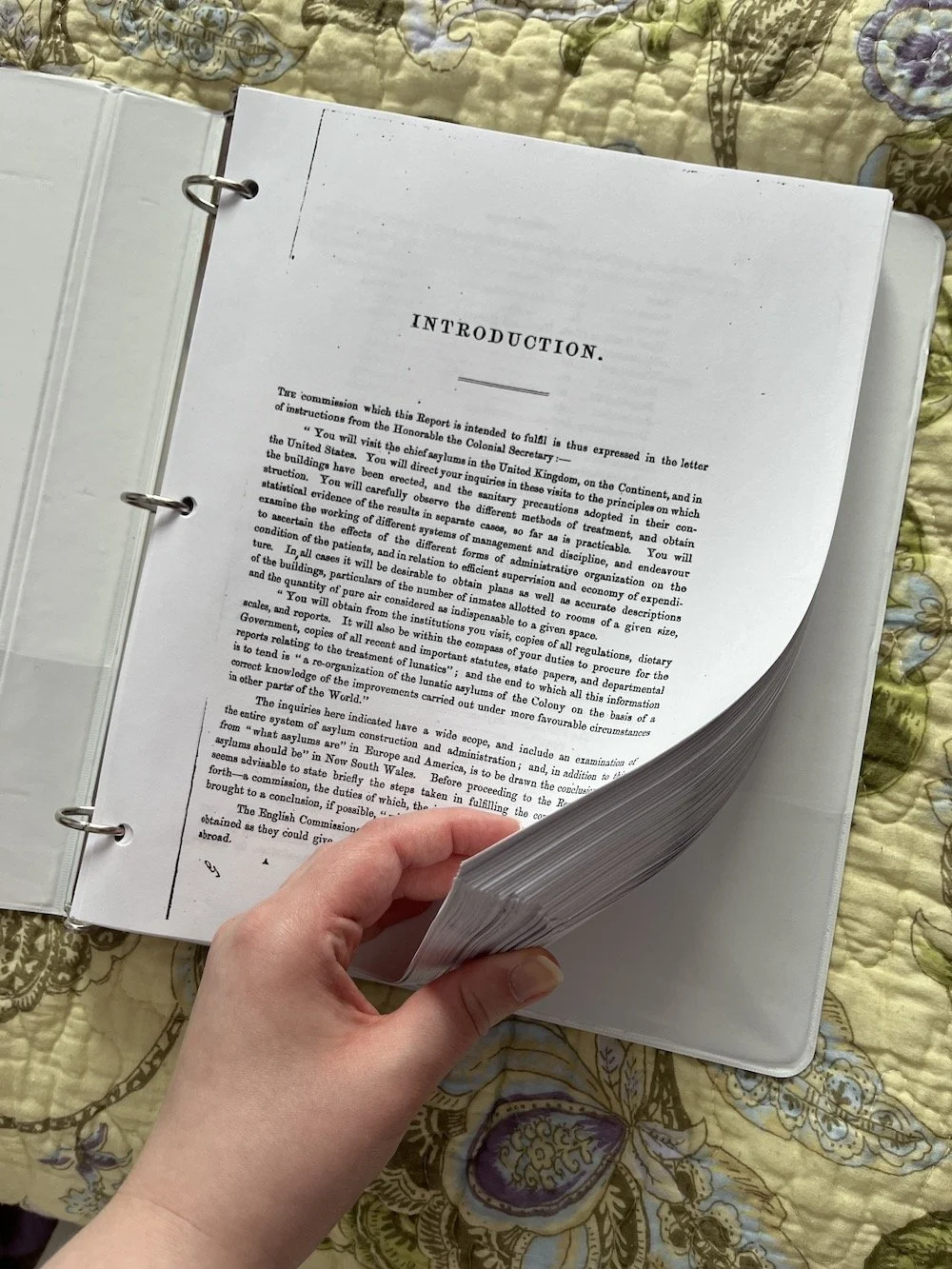The Hobby Historian’s Guide — Research, Chapter 1.2 (Reprints)
Hello! I’m quite late with this post, but it would turn out that trying to get a blog post up every week is unrealistic for me. Who would have thought! (Sarcasm).
Now, let’s look at another method of obtaining and studying primary sources: Reprints.
Please note that I am not affiliated with any of these publishers or distributors. (ahem, but like, @ Forgotten Books, it would be really cool if I was…)
Again, let’s reflect on the definition of a primary source:
“First-hand accounts of a subject, created by people who were directly involved in/with it. For example: a primary source regarding the Civil War would be a Civil War soldier’s diary, or a primary source regarding Dan Leno’s life would be his personal correspondence letters.”
I will also disclaim that the reprints we will be looking at are all freely available online through websites such as Google Books and Project Gutenberg. However, I do still recommend these as I prefer and advocate for physical books over digital.
You’re likely already familiar with reprints. Any copy of Dracula that you can purchase at your local bookstore is a reprint. Penguin Classics are reprints, as are Oxford Classics. These can be found almost anywhere books are sold, and often come with professional annotations, indexes, and introductions.
However, Penguin and Oxford tend to focus on more popular / common primary sources. There’s a reason that they include the label “Classics.”
Fear not, however! Many lesser-known primary sources are still being reprinted in physical formats. As many historical primary sources are public domain, this is very easy for publishers to do. Typically, due to their niche nature, these are scanned documents printed on demand and bound as a proper book. I’d like to show you a few that I have, the publisher which they came from, and we’ll look at their pros and cons.
First up: Forgotten Books.
“Five Years Penal Servitude, by One Who Has Endured It.” I studied several Victorian prison memoirs while working on Barber, Black Sheep, but this one was my favourite of the bunch.
Of all of the niche public domain reprint publishers out there, Forgotten Books are my favourite. They offer a free book every day, and are available through most major online book retailers (this one came from Amazon, for example). They can run on the more expensive side, but they’re a good size and all of those that I have come across featured excellent quality scans.
Pros: Huge selection, good size and quality
Cons: Can be pricier for longer books, need to be ordered online
Their website is here: https://www.forgottenbooks.com/en
Next, we have Scholar Select.
“The Census of Great Britain in 1851,. Rep., in a Condensed Form, From the Official Reports and Tables.” As you can tell, I’m a really exciting person at parties.
Really, these are the same as Forgotten Books. However, my main distinction is that Scholar Select does not resize the scanned documents that they are printing. All of the Scholar Select books on my shelves have required a magnifying glass on at least one occasion (and my vision is, according to my optometrist, “as close to 20/20 as you can get without actually being 20/20”).
I obtained my copies of Scholar Select prints through the Canadian book retailer Indigo, but they are available through most other online major book retailers.
Pros: Widely available with a wide range of titles, available in both hardcover and softcover
Cons: Need to be purchased online, scans are often not properly resized
Next, let’s move onto Dover publications.
“Hints on Household Taste” by Charles L. Eastlake.
I know this all seems pretty repetitive, so let’s cut to the chase.
Pros: Low prices, wide catalogue, available both online and in brick and mortar book retailers
Cons: Slight adjustments might be made in the presentation to appeal to a modern reader, such as titles
Finally, let me show you a reprint you can always rely on: making your own.
“Report on Lunatic Asylums” by Fred Norton Manning.
This is a book which I printed myself, hole-punched, and put in a binder.
Pros: You can ensure the document is exactly how you like it: resized, whatever style of paper you like, can be kept as loose sheets, bound in a binder like this, or even hand-bound if you’re into bookbinding!
Cons: Printing can be expensive. In this case, it was cheaper for me to print the book myself at my local university library than to order a reprint. It is also more effort than simply clicking “purchase”
At the end of the day, a reprint is always a gamble, particularly when it’s just an on-demand print of a digital scan. You can never be 100% certain with what you’re getting, but I hope that this will help you feel a bit more confident in any purchases you make (or would-have-been purchases you change your mind on!).
The only way to ensure your reprint is exactly how you would like it is to either print it yourself, or be lucky enough to find one in a shop.
See you again in two weeks for a discussion on photographs!
— A. N








